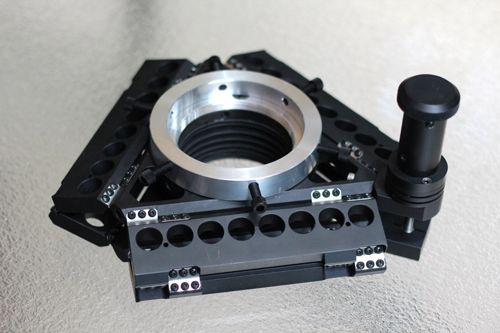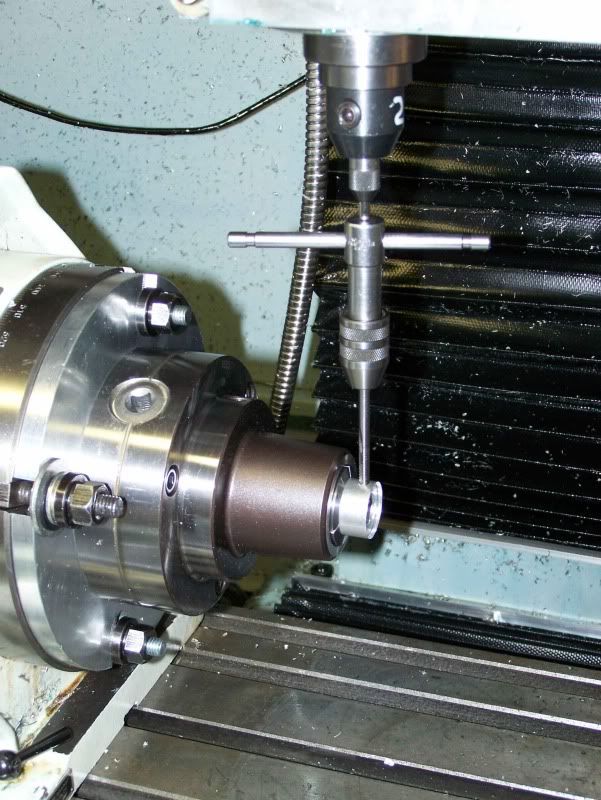edwin dirnbeck
Hot Rolled
- Joined
- Oct 24, 2013
- Location
- st,louis mo
It would be nice to do away with chips in a threaded hole. When I use a conventional tap ,say a 3/8-16 x 5/8 deep in a piece of 4140 steel ,I can drill the tap drill and not be to concerned about the geometry of the tap driled hole. If it is .005 or even .008 larger than I want or even .002 smaller or out of round A good sharp thread cutting tap works good.I know a few members love thread forming taps ,but how would they work in 1 off evey day real world conditions.Thank you Edwin Dirnbeck



